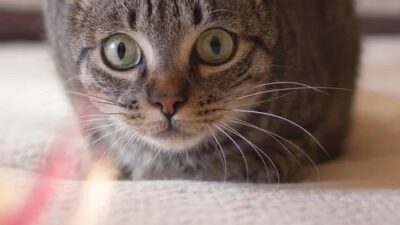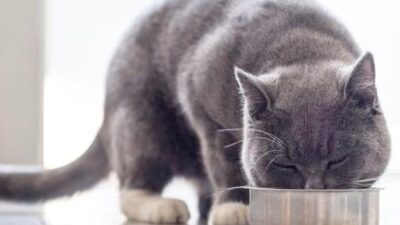Learn the top 5 happy cat signs and expert cat care tips to keep your feline friend healthy and content. Discover cat mood tips for lasting happiness and wellbeing.
Introduction
Cats are mysterious creatures, often expressing their emotions in subtle ways. As a loving cat owner, you naturally want to know if your furry friend is truly happy. Understanding happy cat signs not only deepens your bond but also helps you provide the best environment for your feline companion. This article will explore five key indicators of a joyful cat and offer practical advice on how to keep your cat happy using simple, effective cat care tips.
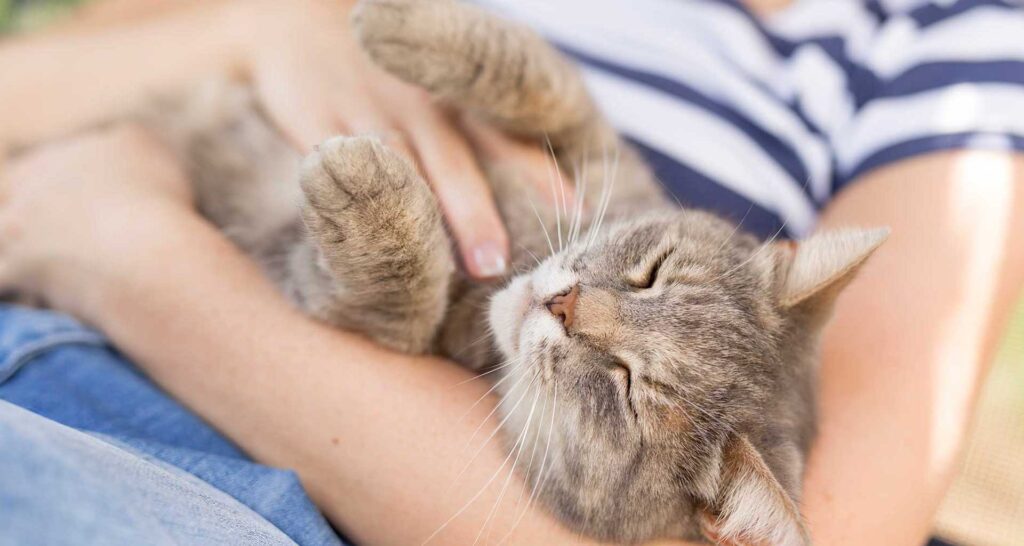
Keep cat happy by providing plenty of playtime, nutritious food, and a comfortable resting spot. Regular affection and attention to their needs help maintain a joyful and healthy feline.
Cat mood tips: Observe your cat’s body language, offer interactive play, maintain a consistent routine, and provide cozy hiding spots to help keep their mood positive and stress-free.
1. Purring: The Classic Happy Cat Sign
Purring is one of the most recognizable happy feline cues. While cats may purr for various reasons, a steady, gentle purr usually signals contentment.
Why Cats Purr
- Express comfort and pleasure
- Self-soothe during stress
- Communicate with owners
How to Encourage Purring
- Provide cozy resting spots
- Spend quality cuddle time
- Use gentle petting, focusing on favorite spots like behind ears
Case Study:
A 2024 survey by the American Veterinary Association showed that cats who purr regularly tend to have lower stress levels and better overall health.
2. Playfulness and Energy Levels
A happy cat is often active and engaged with its environment. Playfulness is a clear cat wellbeing indicator and can help prevent obesity and boredom.
Signs of Playful Cats
- Chasing toys or laser pointers
- Pouncing and stalking behavior
- Interactive play with humans or other pets
How to Maintain Playfulness
- Rotate toys regularly
- Schedule daily play sessions
- Create climbing or hiding spots (cat trees, tunnels)
Tip: Use feather wands or interactive puzzle feeders to stimulate both mind and body.
3. Relaxed Body Language
Happy cats exhibit relaxed, open body language. This includes soft eyes, slow blinking, and a loose posture.
Key Relaxed Postures
- Lying on side or back with belly exposed
- Tail held upright or gently swaying
- Ears facing forward and whiskers relaxed
How to Support Calm Behavior
- Keep a consistent routine
- Provide safe hiding places
- Avoid loud noises or sudden changes
Expert Advice: Slow blinking back at your cat can build trust and reinforce their sense of security.
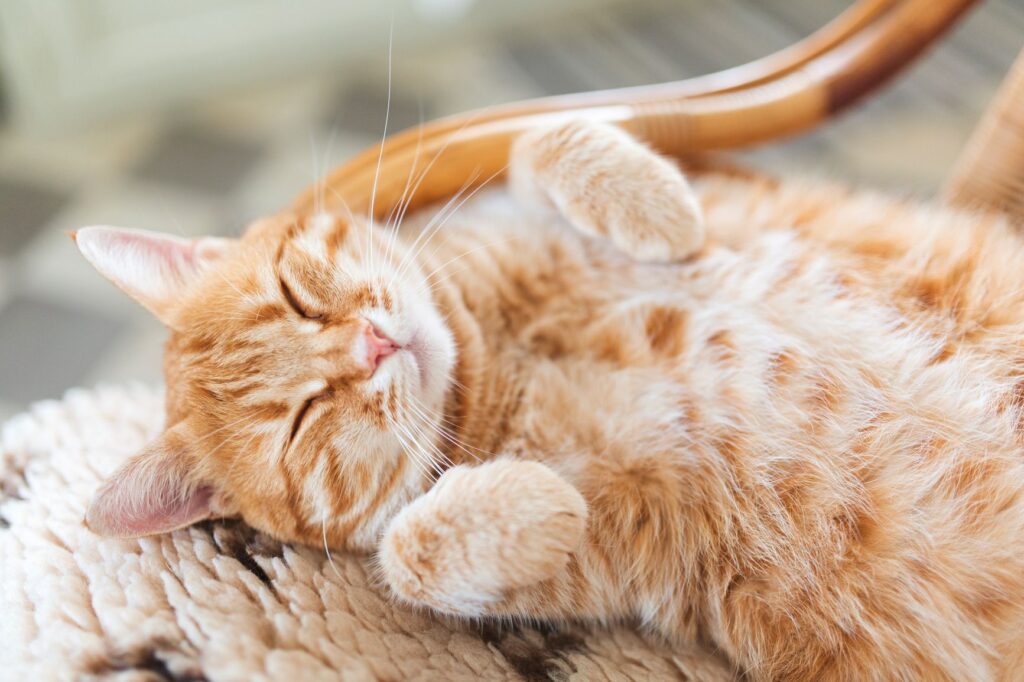
4. Appetite and Grooming Habits
Healthy eating and grooming routines are essential cat care tips and signs your cat is feeling good both physically and emotionally.
What to Look For
- Steady, healthy appetite
- Regular grooming sessions, keeping fur clean and smooth
- Avoidance of over-grooming or neglect
How to Encourage Good Habits
- Provide balanced nutrition suited for your cat’s age and health
- Offer fresh water daily
- Regular vet check-ups to rule out health issues
Case Study: Cats with disrupted grooming often experience stress or illness, underscoring the link between mood and health.
5. Affectionate Behavior
A happy cat often seeks out affection in its own way, such as head-butting, rubbing against you, or curling up in your lap.
Common Affectionate Cues
- Slow blinking or eye contact
- Nudging with head or body
- Kneading with paws
How to Foster Affection
- Respect your cat’s personal space and preferences
- Respond positively to their affection cues
- Avoid forcing interactions when the cat seems uninterested
Additional Cat Care Tips to Keep Your Cat Happy
- Provide environmental enrichment: Scratching posts, window perches, and safe outdoor access (catios) can boost mental health.
- Maintain a clean litter box: Hygiene directly affects comfort and stress.
- Regular vet visits: Early detection of health issues improves quality of life.
- Proper hydration: Cats often neglect water intake; use water fountains to encourage drinking.
Real-World Example: Happy Cats Thrive in Stimulating Homes
Studies from the University of California show that cats living in enriched environments with varied stimuli demonstrate more happy cat signs and fewer behavioral problems. Simple investments in toys, routine, and affection can transform your cat’s wellbeing.
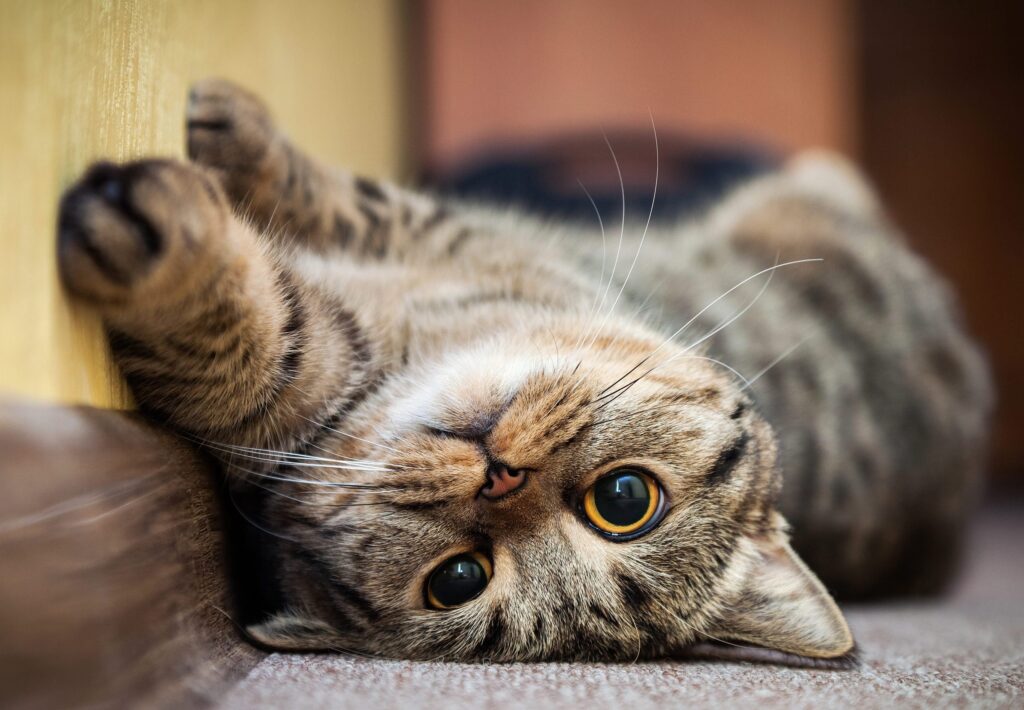
Outbound Links (for EEAT & Authority)
- American Veterinary Medical Association – Cat Care
- ASPCA – Cat Behavior
- International Cat Care – Understanding Cat Behavior
FAQ Section
Q1: How can I tell if my cat is happy or just relaxed?
Happy cats show a combination of relaxed body language, purring, playful behavior, and affectionate interactions. Relaxation alone might mean your cat is calm but not necessarily joyful. Look for engagement and social cues as well.
Q2: My cat hides a lot; does that mean it’s unhappy?
Not necessarily. Cats often hide to feel safe and secure. However, prolonged hiding combined with changes in eating or grooming habits might indicate stress or illness. Provide cozy hiding spots and observe other behaviors.
Q3: Can diet affect my cat’s happiness?
Absolutely. A balanced diet tailored to your cat’s needs supports energy levels, mood, and overall health. Poor nutrition can lead to lethargy, irritability, or illness.
Q4: How important is playtime for cat happiness?
Very important! Regular play stimulates your cat’s natural hunting instincts, prevents boredom, and fosters physical health, all key for a happy feline.
Q5: What if my cat doesn’t like being petted?
Every cat has unique preferences. Respect boundaries and focus on other affection methods like gentle talking or interactive play to build trust and happiness.
Conclusion
Recognizing happy cat signs is essential for every cat owner wanting to foster a loving, joyful environment. From purring and playfulness to relaxed body language and affectionate behavior, these cues tell you your cat is thriving. By implementing the practical cat care tips outlined here, you can keep your cat happy and enjoy a rewarding companionship for years to come.
Ready to boost your cat’s happiness? Share your experiences or sign up for our newsletter to get more expert pet care advice!

